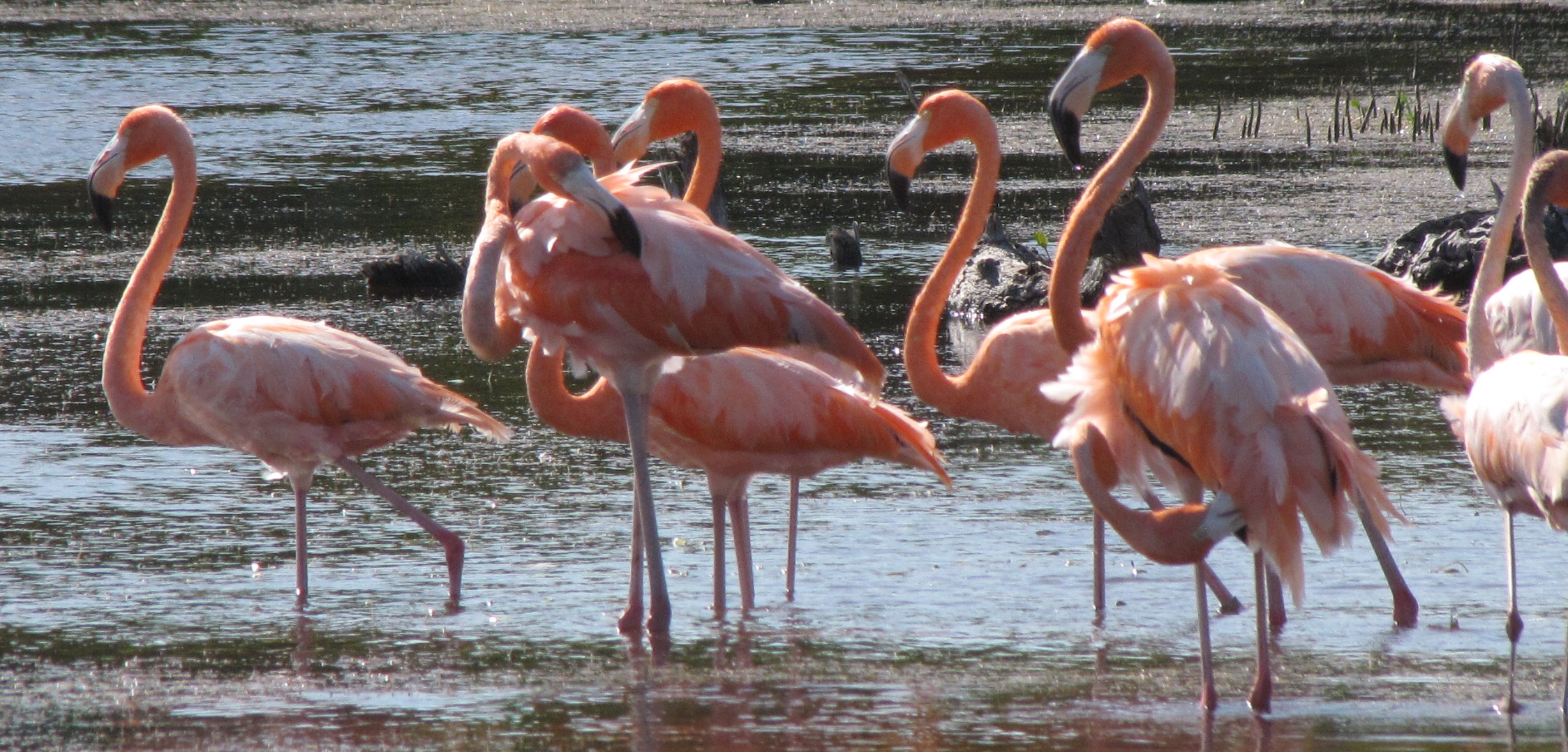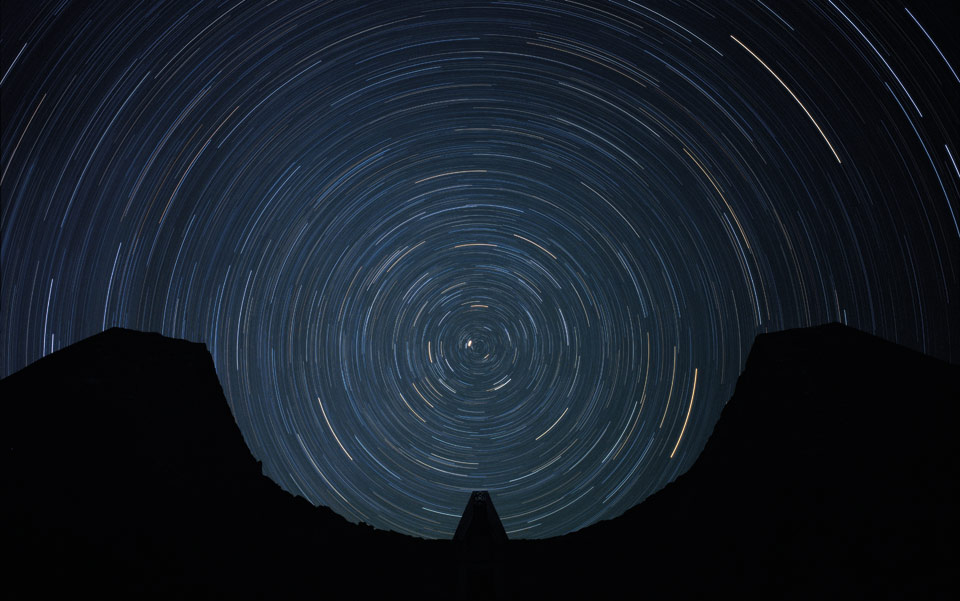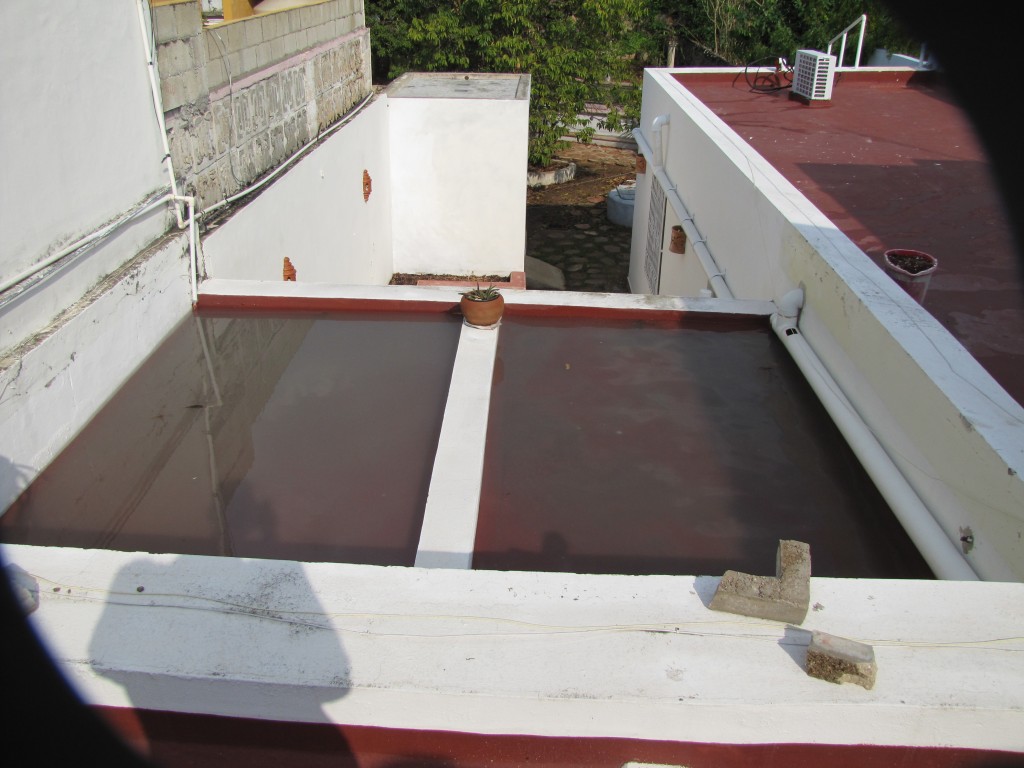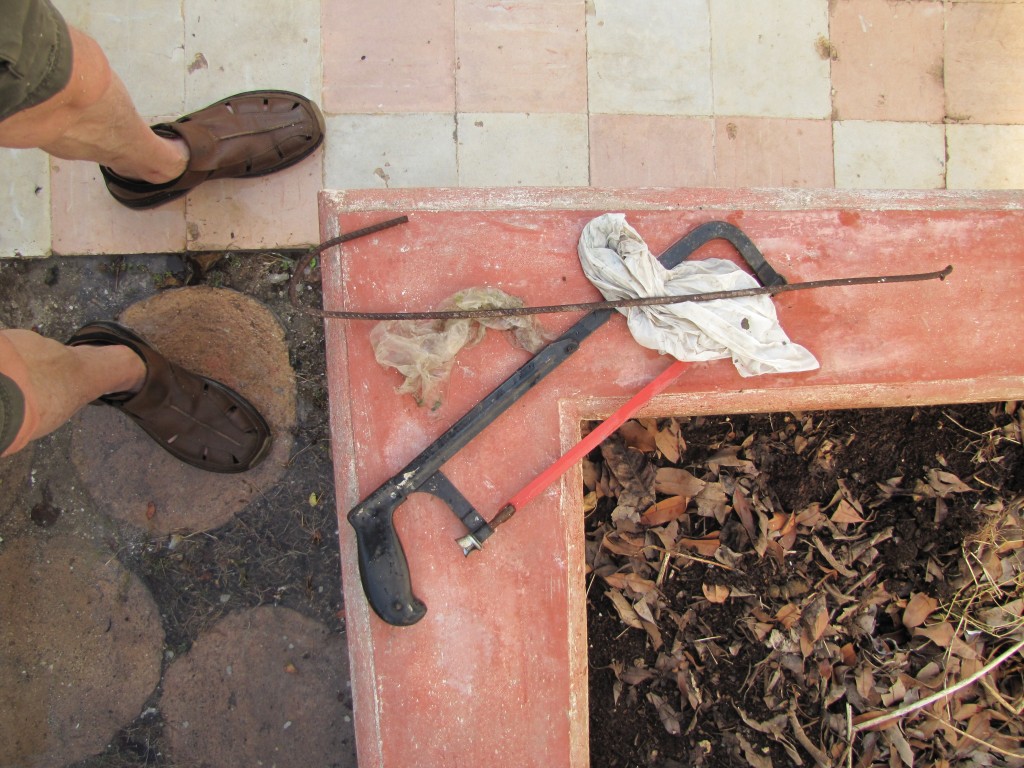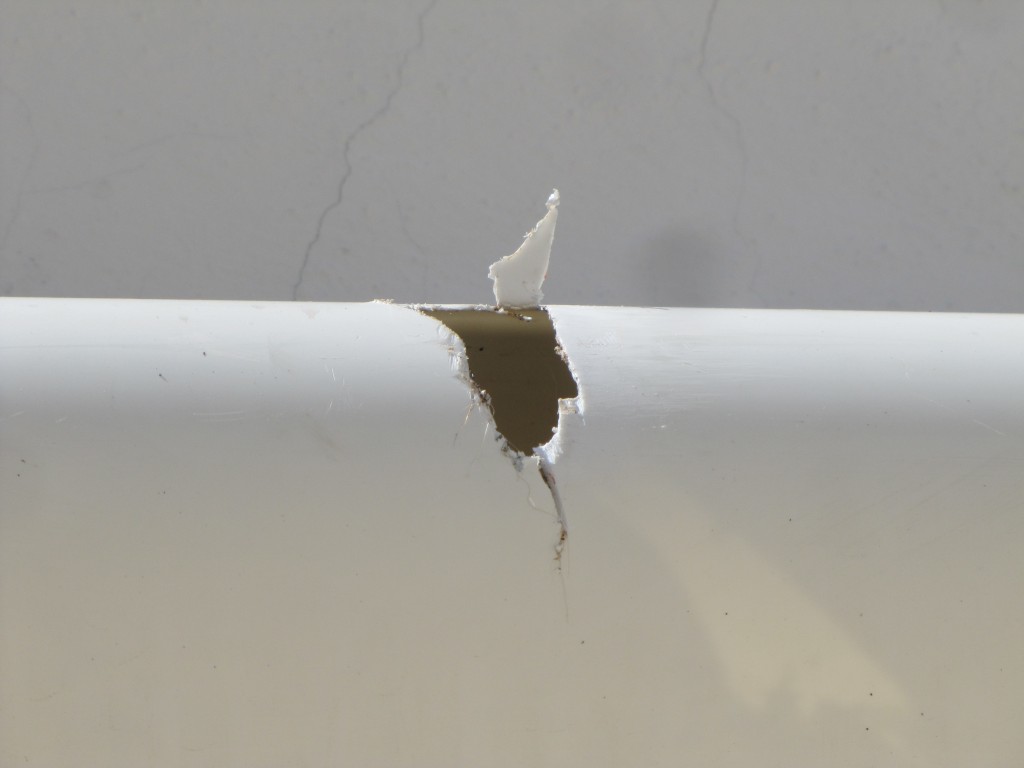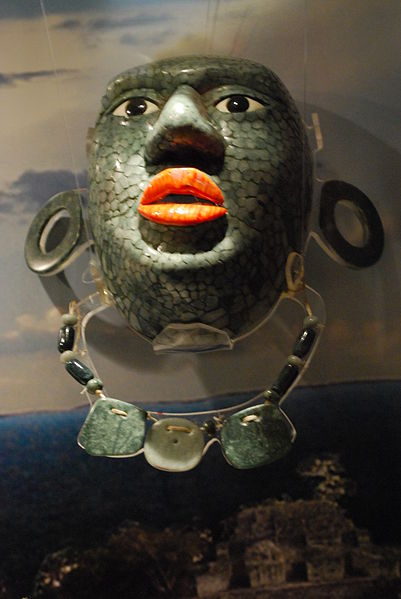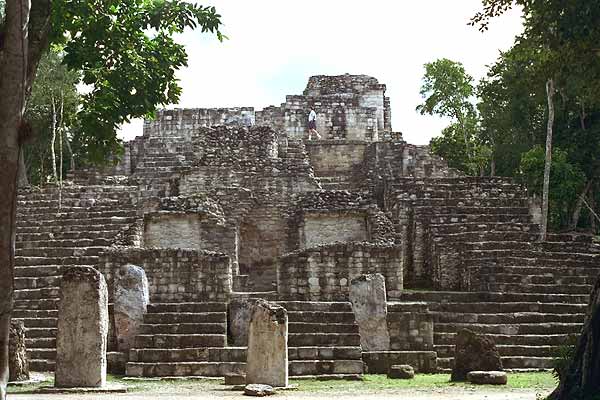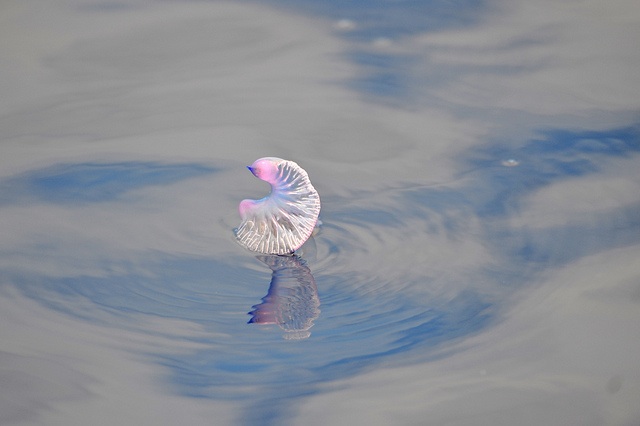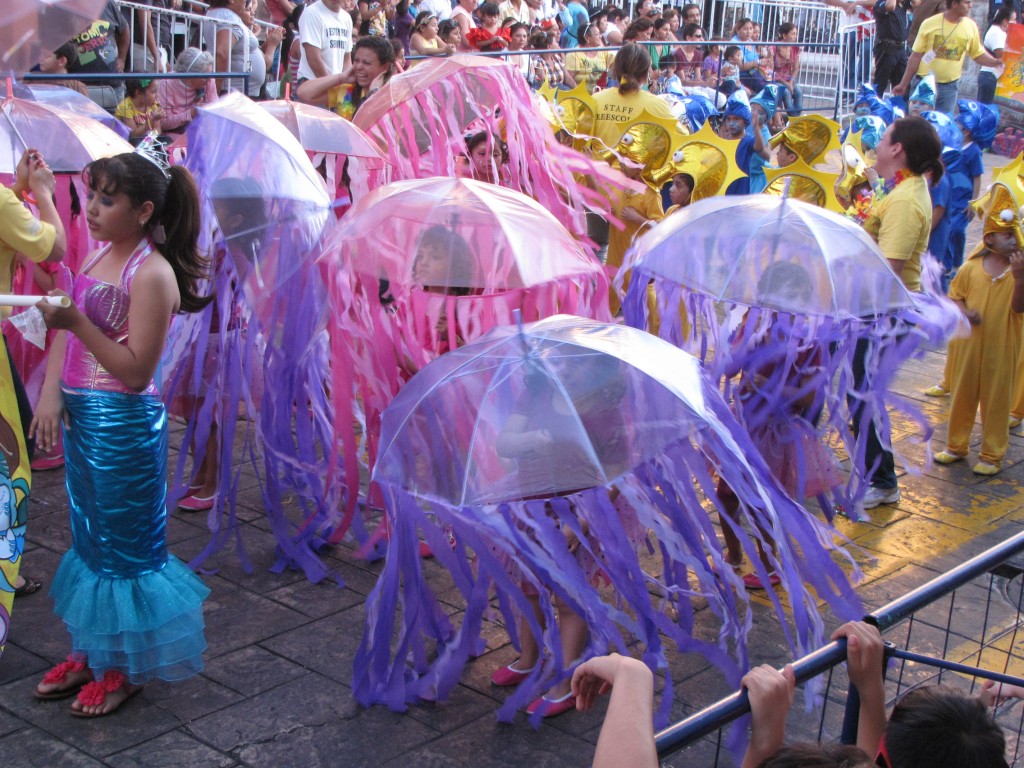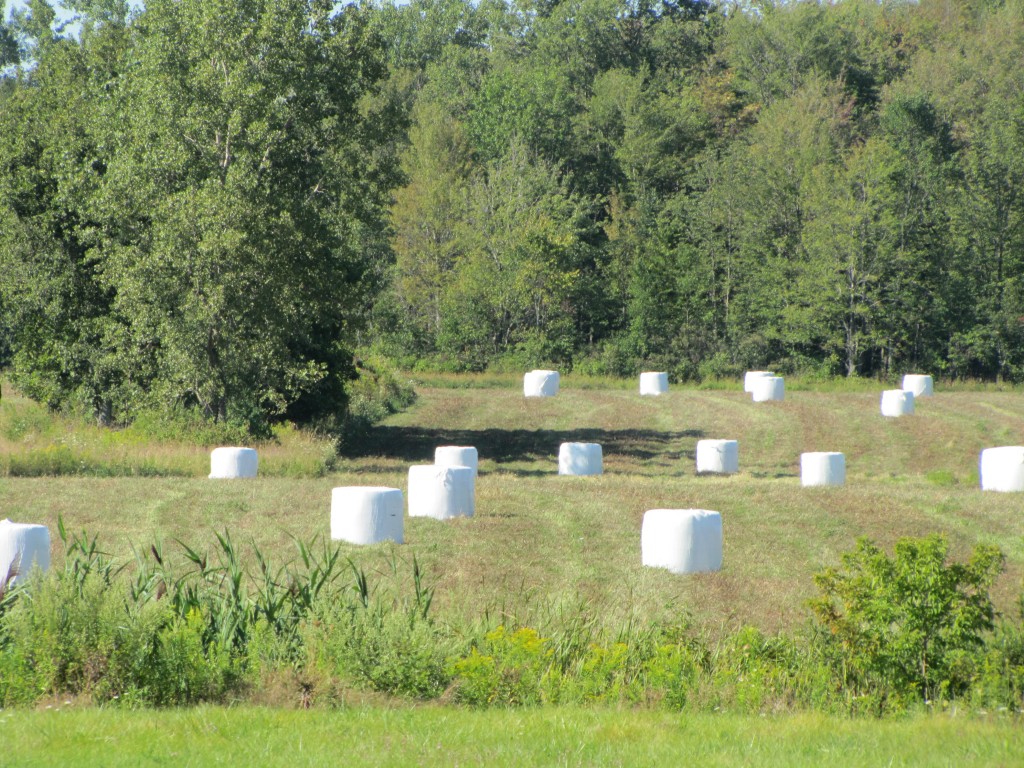Forty years on, this project’s story is simply amazing. STAR AXIS. Land art, by Charles Ross. New Mexico.
Author Archives: MeridaGOround
CAN BEAUTY SAVE THE WORLD?
A powerful essay on the importance of community, and what keeps it working. (NB: Wendell Berry fans will enjoy this.)
FLYING JELLYFISH !!!
It was nearing the end of Yucatan’s long dry season, April, 2013. Dark clouds, thunder, and lightning began to threaten my walk past Santiago Plaza. I knew I wouldn’t make it back to the house we had recently purchased (after selling ours up north) even though it was only five blocks away. So I sat in the sheltered market and enjoyed lunch, and the hard rain. It would give opportunity to examine our new digs for weather worthiness. Thank heavens we got to do this before departing!
I arrived about ten minutes after the rain ceased to find numerous leaks. I’ve done major roofing and plumbing myself, on properties we’ve owned. But flat masonry roofs were new to me. So I was somewhat alarmed to find twin bathtubs of water on the roof.
But the skill set required more from the plumbing department than the roofers’ supply: Trace the source. Find the exit drain. Where is the blockage? Ask the right question: Why didn’t these bathtubs emptying themselves, as designed?
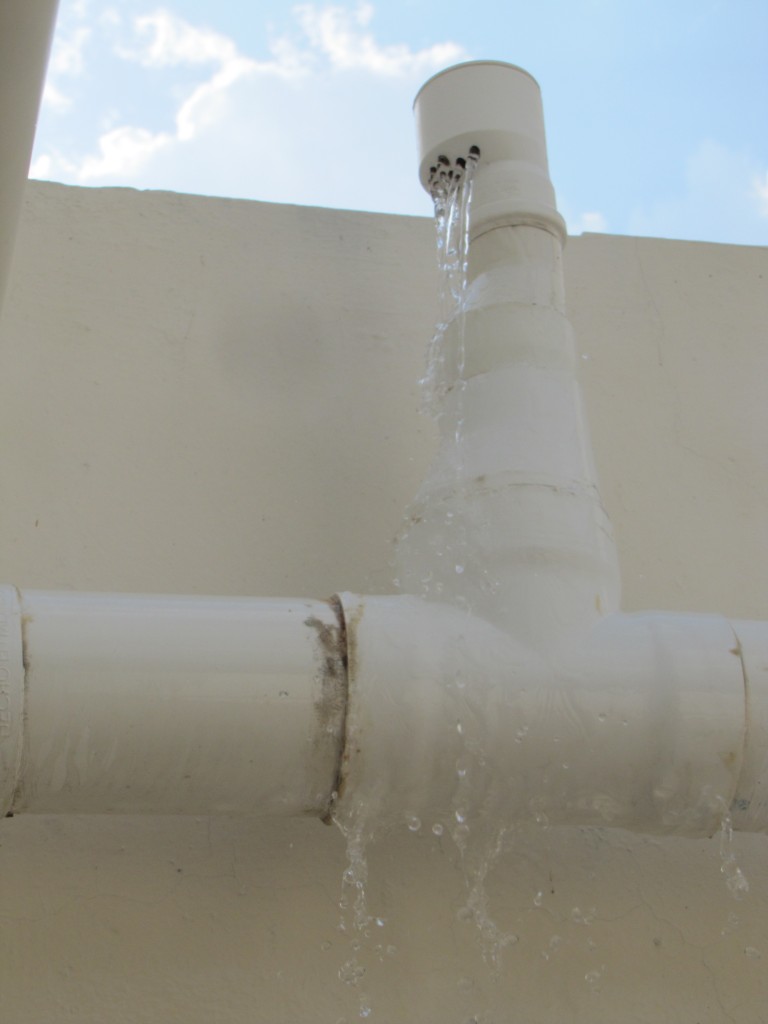 In tracing the intended flow, I noticed a breather tube was discharging water as if it were a shower, rather than breathing to allow the pipe to empty. Yet there was no water coming out the downspout. Clearly the path was blocked. But where? There was about 30 feet of pipe between the breather and the end of the discharge pipe. And there were several tributaries into the line – time now to guess where to cut. Fortunately a previous owner left a hacksaw behind. So I began to do surgery on the five inch plastic line, hoping I could define the problem. The quest: where does the line transition from wet to dry, since water isn’t coming out the exit? I started to make incisions in the line. The first two at a corner were wet and under gravity pressure. The third incision was dry. Ok, back up and make another cut, a big opening, just behind the dry one. Bingo!
In tracing the intended flow, I noticed a breather tube was discharging water as if it were a shower, rather than breathing to allow the pipe to empty. Yet there was no water coming out the downspout. Clearly the path was blocked. But where? There was about 30 feet of pipe between the breather and the end of the discharge pipe. And there were several tributaries into the line – time now to guess where to cut. Fortunately a previous owner left a hacksaw behind. So I began to do surgery on the five inch plastic line, hoping I could define the problem. The quest: where does the line transition from wet to dry, since water isn’t coming out the exit? I started to make incisions in the line. The first two at a corner were wet and under gravity pressure. The third incision was dry. Ok, back up and make another cut, a big opening, just behind the dry one. Bingo!
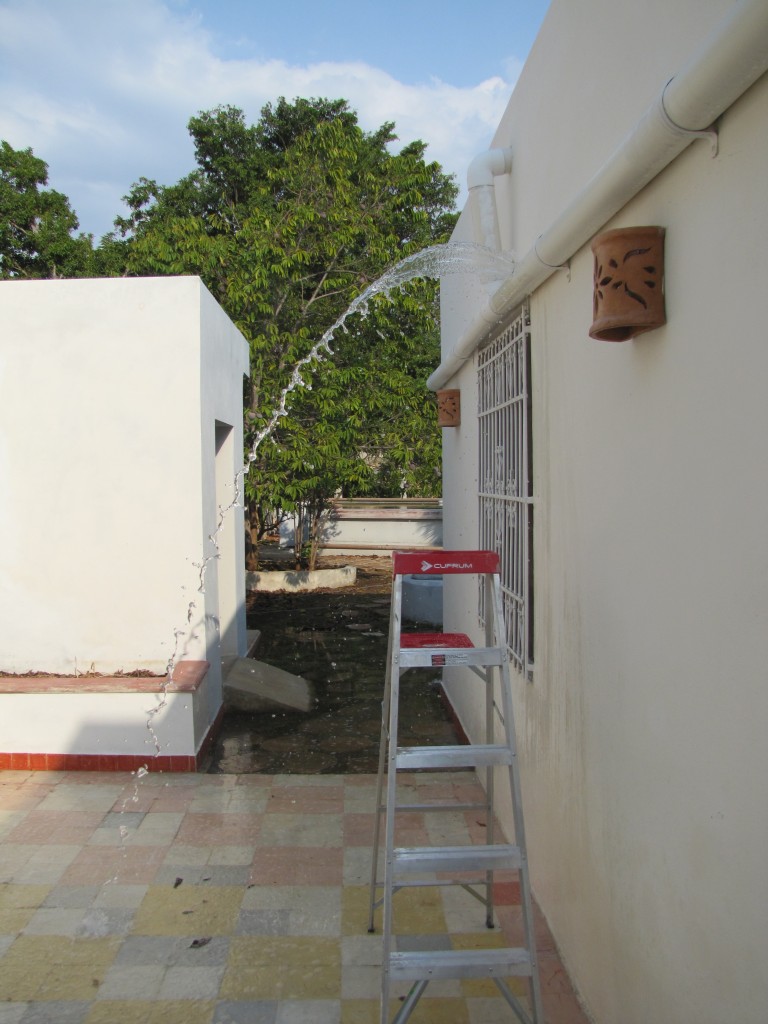 It’s a gusher! So I let it gush, and went looking for a rod to fish with. And here’s what I caught (pay no attention to those knobby knees):
It’s a gusher! So I let it gush, and went looking for a rod to fish with. And here’s what I caught (pay no attention to those knobby knees):
Two flying jellyfish (plastic bags)! They had lodged themselves in the pipe after blowing onto the roof and floating into the intake drain, snagging inside the horizontal portion of line. (Plastic rubbish is the worst, as it never rots.) I was so grateful that I didn’t get a call from our property managers after leaving town, telling us that our ceiling was leaking and our house was flooding. Instead the reports, after much rain over the wet season, have been dry (well, actually, humorous, as Billy is anything but dry). Whew, what a relief! ¶ A few days later I invited Rolando, our electrician, to do some work. He is also a plumber, so I showed him the gutter hole, and asked him how to patch it, me having never seen a plastic pipe clamp before. He cut off about six inches of old plastic tube, also left behind, and slit it lengthwise, telling me to flex it open, and glue it over the hole I had made. (Brilliant, Rolando.) Done!
COFFEE EXPERIMENTS
Rigorous testing is something to behold. (Yes, the guy could be a shill for two products mentioned; but if so, at least his findings come down on the inexpensive side of gadgetry.) I just wish he had tested a third variable: real espresso, forced under pressure.
Two years ago we drove to Merida, bringing our Starbucks Barista espresso machine along; and we left it there in storage with friends, buying a used replacement just like it on ebay for enjoyment up north. This illustrates the vexation which comes with living at two addresses: double stuff. (5 minutes. You can click the box to skip the ad.)
JANUARY 2014, 3-DAY TOUR: Calakmul Ruins, South of Merida
Photo by Alejandro Linares Garcia, Wikimedia
Got wanderlust? Marina Aguirre will be leading 16 adventurers into the jungle by bus. (There are also two other longer tours to Oaxaca and Chiapas at her site.)
A Little Night Music
Frost happens,
yet some things never change.
The fields are alive with the sounds of music,
portending endings.
Frost happened
– last night, eons ago
– it’s all the buzz!
“O, what will we do. It was
so foreboding! Woe is us.”
It’s OK. It is I. Follow me . . .
into the change, past the fear,
beyond the change,
arriving in the peace of eternal now,
the only moment we’ve ever known.
I have overcome the world. Yes!
World without end. Amen. (see Matt 14:22-36)
(Click blue title above to listen to nature’s song.)
GREAT TRAVEL WRITING
Photo by Marco Derksen
I’m a big fan of refined travel literature. An item linked at one of the aggregators I visit daily has capture my attention. This woman can really write. The new magazine in which her article appears is comprised of women travel writers, described here.
We have some fierce jellyfish in Yucatan, too!
ALCHEMIST’s RECIPE for GOLD
Here’s a rather poetic description of how this element came to be: <excerpt>
You take two stars that are orbiting each other. This is not as hard as it seems. Nearly half of all stars in our own Galaxy have at least one other star in its system. But make sure that both of these stars are at least 10 times bigger than our Sun. Then wait about 10 million years. This is the average lifetime of big stars. They will eventually exhaust all their fuel and explode in their individual supernovae. All that will be left of them will be their cores, called neutron stars. These are some of the strangest objects in the universe. Each of the neutron star contains mass equal to that of our Sun, but all packed in a size no greater than a city like Karachi. This means that they have very high density. A teaspoon of neutron star material would weigh as much as a mountain. Now you have two of these neutron stars orbiting each other. But orbits for such exotic objects are unstable. The two stars will eventually collide with each other — and this collision will result in the creation of gold and other rare elements.
However, in an act of ultimate charity, these elements are spread into the surrounding space.
By the time our Solar system was born, many such collisions had enriched our Galaxy with gold (and other elements). The gas cloud that formed the Sun and the Earth already contained these elements. Some of this gold became part of the Earth. Four-and-a-half billion years later, this rare element caught the attention of bipedal species and it became an object of desire and envy.
So the next time when you wear a gold ring or necklace, pause for a minute and appreciate how the cosmos gave us bling.
Salman Hameed is associate professor of integrated science and humanities at Hampshire College, Massachusetts, USA. He runs the blog Irtiqa at irtiqa-blog.com
“Marshmallow Fields, Forever”
DINOSAURS: Down Mexico Way !!!
(English intro to Spanish lang post) Quo Mexico scientific magazine published in its August edition a fabulous 20-pages report about the paleontological study of dinosaurs in México. 100 years ago in 1913, a german geologist first documented the presence of dinosaur fossils in the country. Since then and specially in the last 3 decades, many paleontological sites have been opened and 6 new species have been described. The story has a great narrative, excellent photographies, several scientific sources, info-graphics, and clear explanations. Its online version has 4 different videos interviewing mexican researchers, and a very dynamic graphic design. It’s not common to find so extensive and elaborate stories in the spanish- lang scientific magazines. It’s a terrific and exceptional work.
Lo publicado en el número de agosto de la revista Quo México es algo excepcional: un completísimo dossier de 20 páginas sobre los estudios paleontológicos de dinosaurios realizados durante los últimos 100 años en México, aprovechando el efeméride de que en 1913 un investigador alemán reportó por primera vez la presencia de huesos fosilizados de dinosaurios en tierras mexicanas.
Cierto que cuando hablamos de dinosaurios solemos pensar primero en EEUU, China o la Patagonia, pero gracias a este detallado trabajo ahora sabemos que hay zonas de México con una cantidad de fósiles abrumadora, y que en el país se han llegado a identificar 6 especies nuevas. Esto es científicamente muy relevante.
Revisando el pdf “El despertar de los gigantes” por Thelma Gómez Durán podemos constatar una narrativa fluida que empieza caminando por el desierto de Coahuila con un buscador de fósiles local enamorado de “las piedras” desde su adolescencia, continúa revisando los inicios de la paleontología mexicana, y avanza explicando en boca de numerosas fuentes los principales hallazgos transcurridos, especialmente en las últimas décadas. La calidad gráfica de la pieza es excepcional (fotos: Luis Delfin y Xanat Madera, ilustraciones: roman García Mora), incluyendo cronologías, esquemas e infinidad de informaciones complementarias. Al final del texto se explica están revisadas por científicos mexicanos, lo cual lo convierte en un gran ejemplo de colaboración estrecha entre investigadores y periodistas. Una obra de divulgación extensa, rigurosa y fluida, que sin duda aporta un valor diferencial y que puede inspirar nuevas piezas de tal profundidad. Merece una lectura y análisis.
El esfuerzo de Quo México es remarcable, y lo vemos también en el especial web “Viaje al México prehistórico. Allí se presentan de manera más visual partes del documento de la revista impresa, se añaden incluso 3 vídeos con entrevistas a científicos locales, una fabulosa cronología animada, galerías, y un genial esquema con las 6 especies de “dinos 100% mexicanos”. De verdad, merece la pena revisar tanto el pdf como el especial web, y felicitar al equipo de Quo México por el excepcional documento tanto en contenido como en formato.
– pere estupinyà
MY SOURCE: Knight Science Journalism, MIT http://ksj.mit.edu/tracker/2013/08/quo-méxico-20-excelentes-páginas-dedicad
